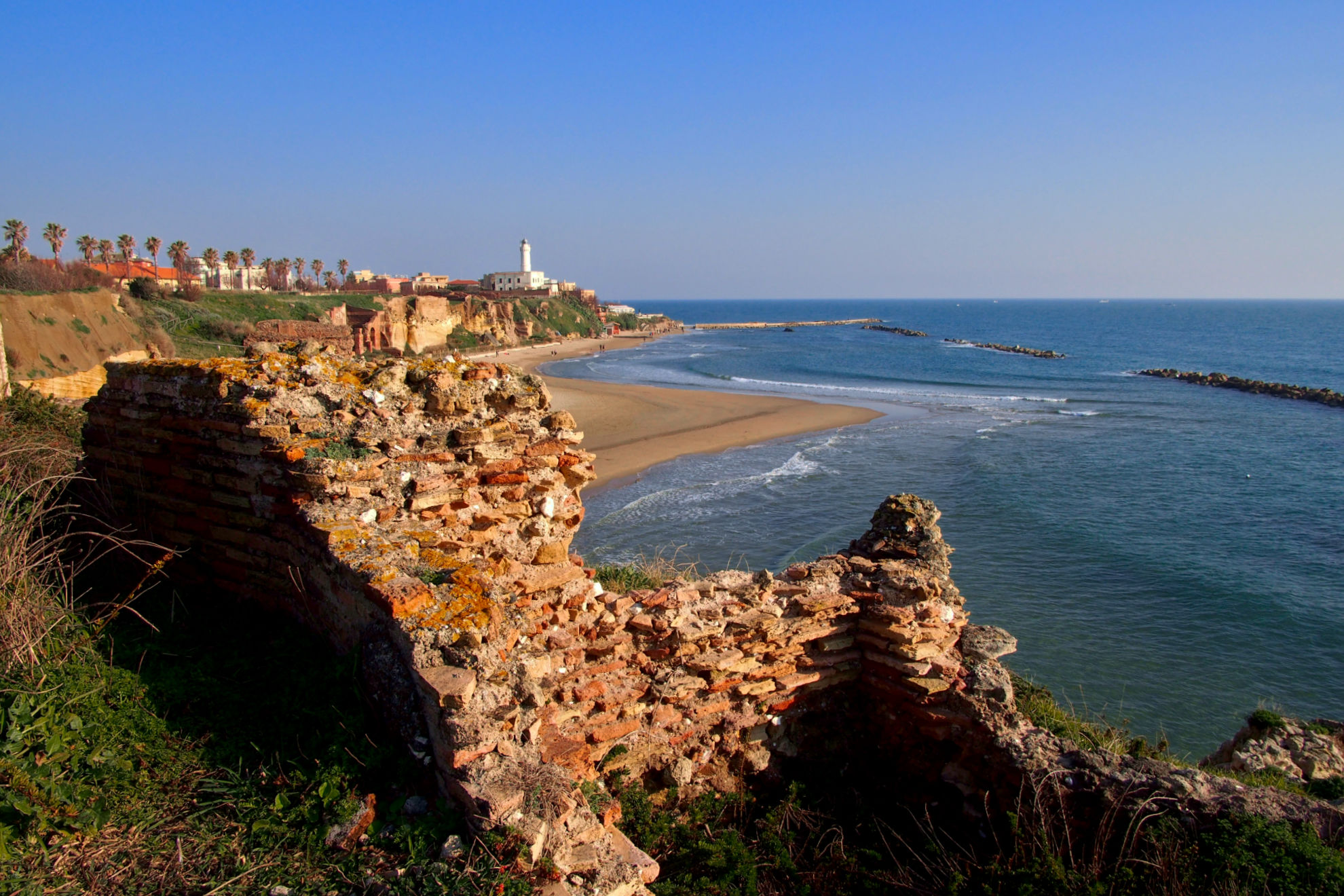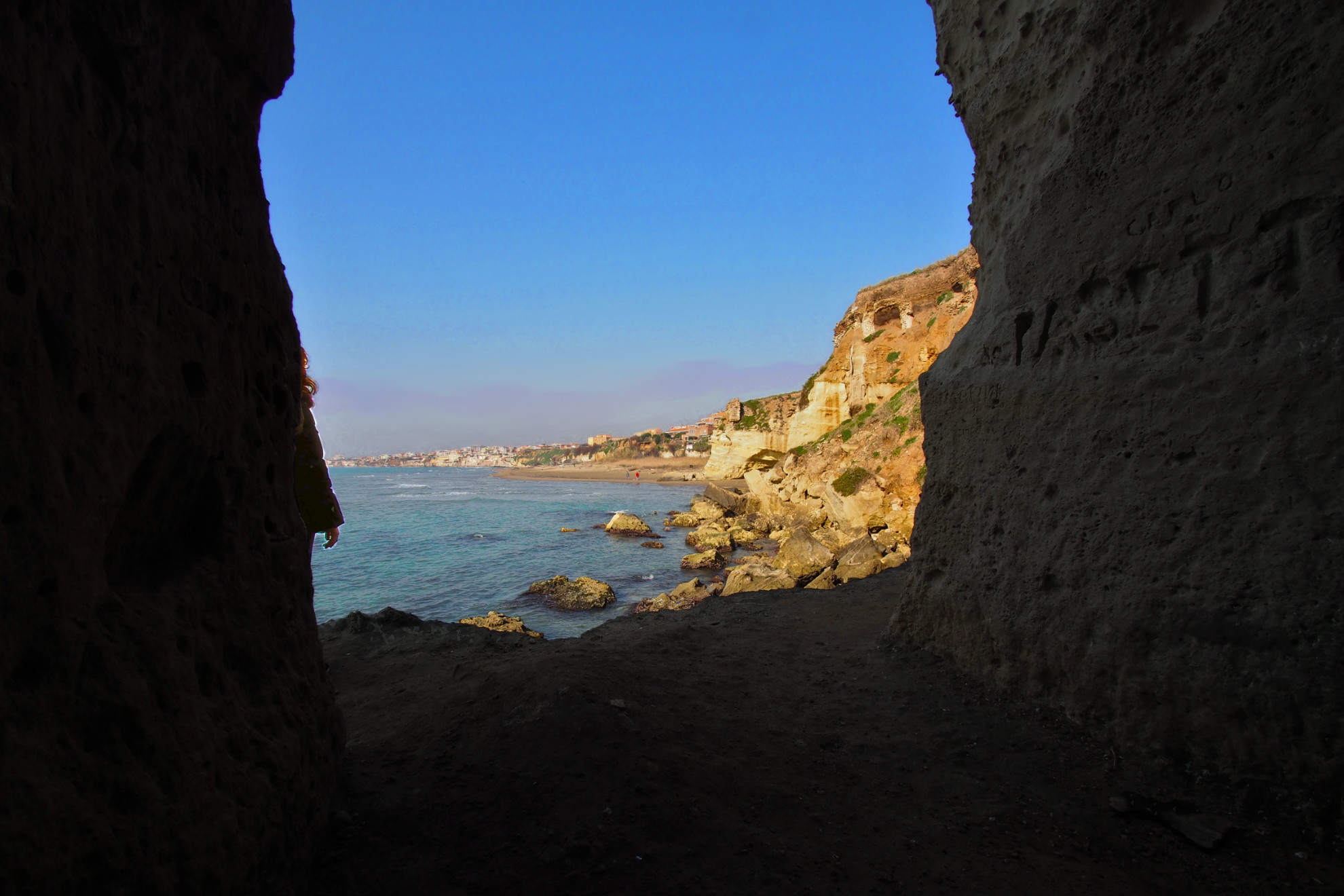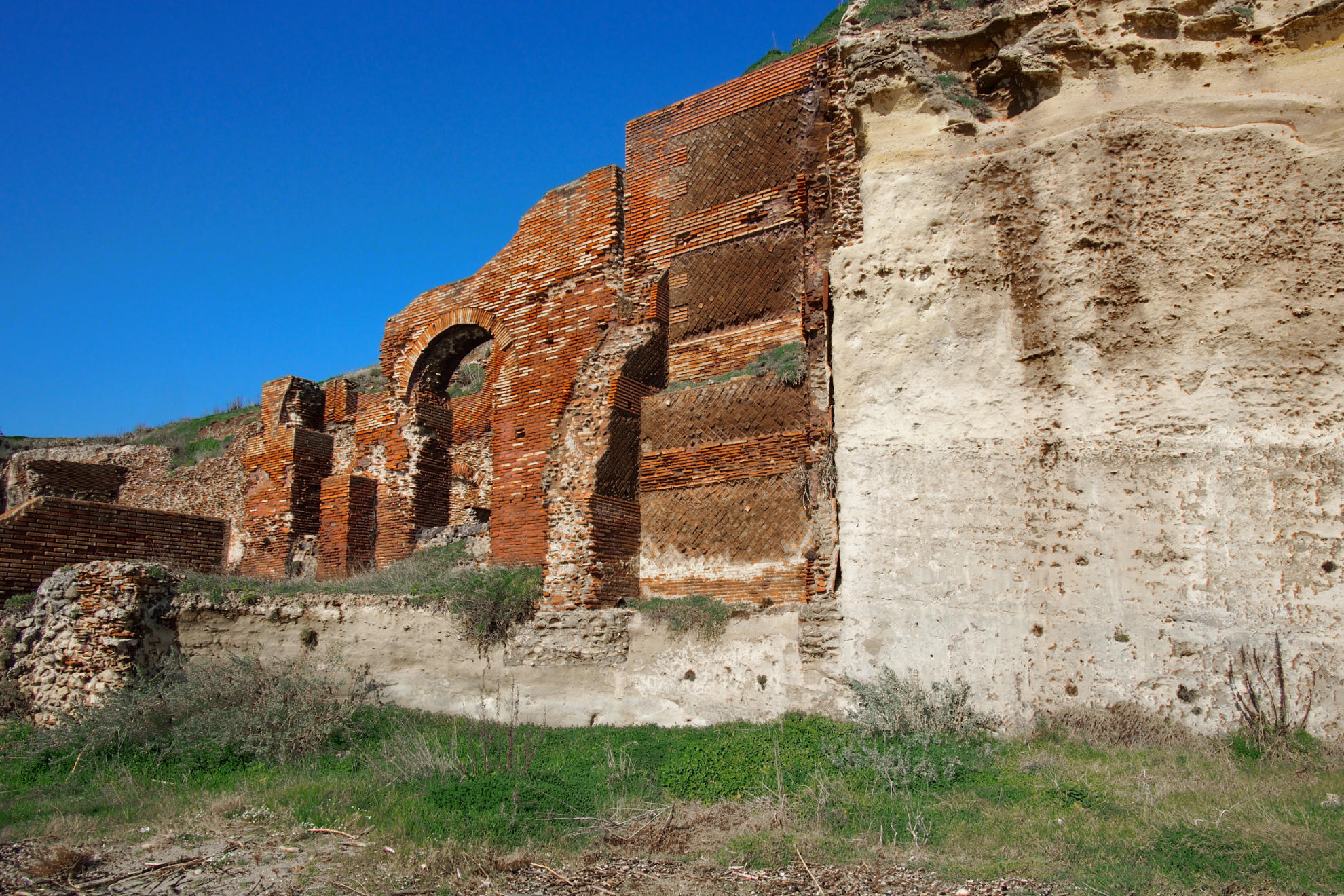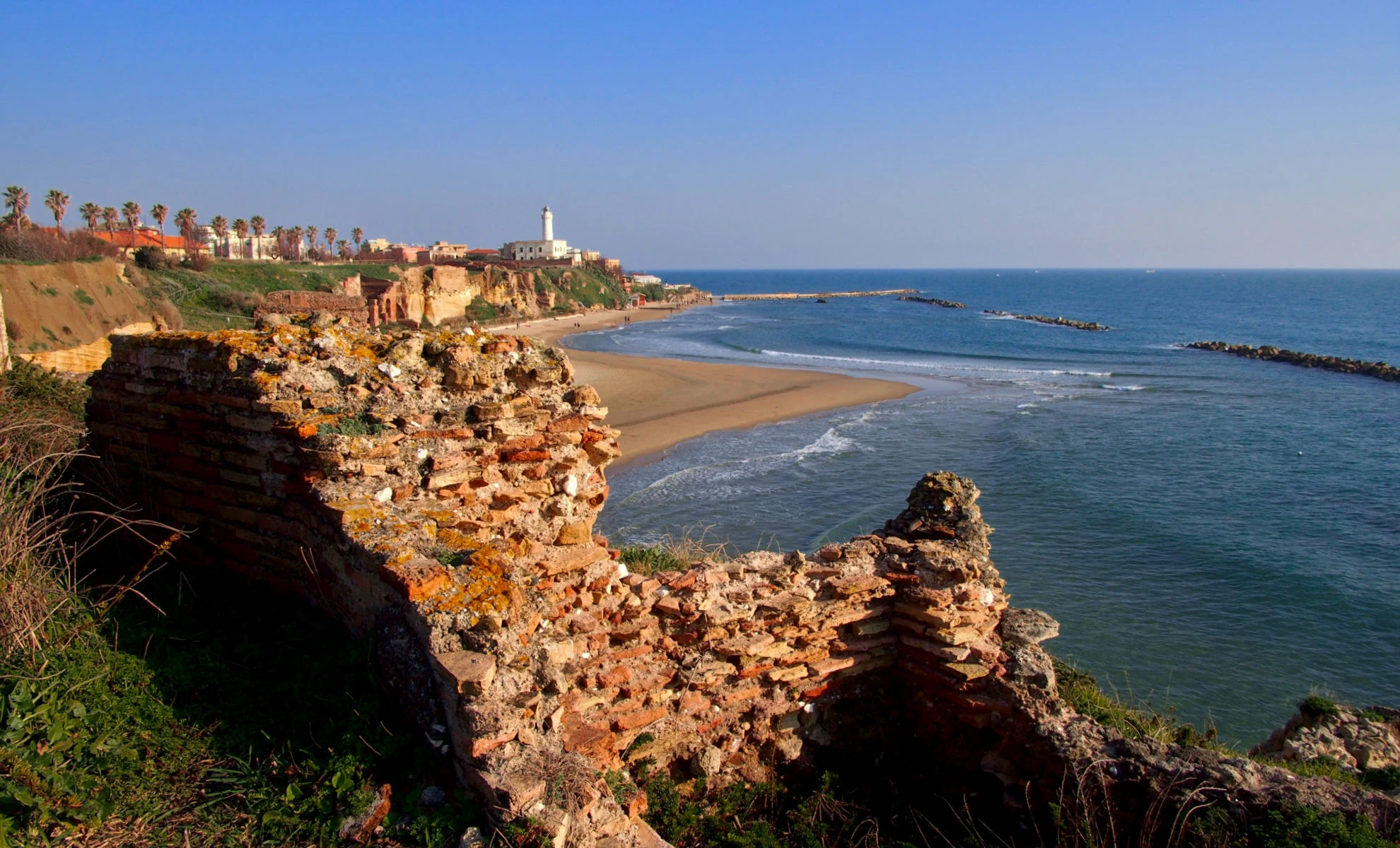When from the center of Anzio you walk towards the most famous beach of the city, which Nero chose as the place for his majestic residence between sky and sea, between the promontory of Arco Muto and the white lighthouse of Capo d'Anzio, with a little imagination you can still try to imagine Agrippina walking in the garden, breathing the salt carried by the wind.
Ph. Ludovica Baratta

According to the historian Suetonius, in the second century BC. C. Augusto received in this villa the title of Father of the Fatherland. South of the lighthouse that overlooks the bay and controls it as if to protect it, once stood the ancient Neronian port, now completely submerged. The caves that open onto the beach, dedicated to Emperor Nero with whom the locals have a very close relationship despite the ambiguities of the character, were once the port warehouses.
Ph. Ludovica Baratta

Inside the villa, of which today we can only see the ruins, nymphaeums, spas, panoramic terraces overlooking the sea, spaces dedicated to theater and music were built. Places destined for otium. Today the beach of the caves of Nero still has its ancient and valuable function because it is a place of otium, especially on warm and sunny winter days, away from the chaos of bathers and the summer heat. According to the historian Suetonius, in the second century BC. C. Augusto received in this villa the title of Father of the Fatherland. South of the lighthouse that overlooks the bay and controls it as if to protect it, once stood the ancient Neronian port, now completely submerged. The caves that open onto the beach, dedicated to Emperor Nero with whom the locals have a very close relationship despite the ambiguities of the character, were once the port warehouses.
Ph. Ludovica Baratta

The golden sand, the clear sea, the cliffs, the cracks in the rock that delimit the bay, a perfect hiding place for those who escape the crowds or the heat, everything is a tribute to the otium and the modus vivendi of ancient Rome, when free time was something precious to cultivate.

